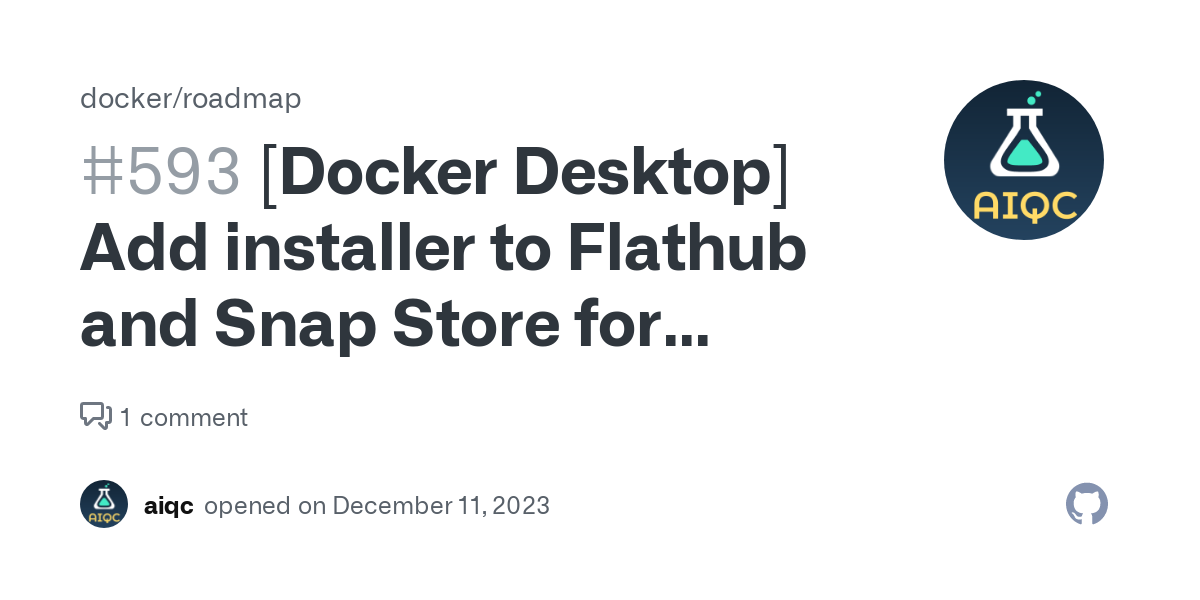I personally found Portainer more useful as it doesn’t require a VM unlike Docker desktop.
At first I read only docker without the context of the Docker Desktop client.
Making docker a one-click installation on all distros is great, altough I wouldn’t use it myself.
If they actually make a flatpak I wonder whether they’ll only support rootless docker or if it’ll ask for elevated permissions through polkit.
I couldn’t possibly care less about Docker Desktop. Portainer is a much better solution when graphical administration becomes necessary. (Which should be never)
YES PLEASE
What exactly is the appeal of Docker Desktop on Linux? I can run docker just fine without it, so what’s it doing for me?
Apparently it lets you set up Kubernetes pretty easily too? idk I don’t use Kubernetes.
I would suspect that making a stable desktop inside docker ensures it would work everywhere else, no matter what the hw/sw of the host is.
I’ve only known docker as a building environment that ensures rebuildability and I can’t say I ever liked it. I think its popularity comes from some myth of safety and security.Docker desktop is a GUI frontend for docker
This is it. It’s for your late sipping Starbucks developer, who needs buttons to click… those luscious, UX’y buttons… I WANNA CLICK THEM!
Okay, so I’m the target demographic. Guilty. Although nowadays I use nspawn, like the maniac I am.
Containerception!
To maintain the purity of the real system, Docker should be installed in Snap, Snap should be installed in Flatpak, and Flatpak should be installed in Docker.
You can express the order of installation in a .nix file
You forgot about a VMWare layer!
Then you can install the gnome-boxes flatpak, start a VM and begin the circle again
Containourboros!
and to be sure, install all this on a VM image that you’ll run in QEMU
Using ansible and opentofu from an LXC on your Proxmox host
In a VM installed via flatpak
And all this because Docker needed libschmu.1.2.3.2 and unfortunately you have only libschmu.1.2.3.1
lol no podman













